Turkmenistan occupies one of the leading places in the world in terms of reserves not only of hydrocarbons, but also of various solid minerals and hydromineral raw materials. The country is rich in deposits of various mineral salts – sodium chloride, potash, sulfate and magnesium. Two of the seven largest deposits of potash salts in the CIS countries are located in Turkmenistan. The country also has the largest reserves of iodine-bromine industrial waters in Central Asia. President of Turkmenistan Gurbanguly Berdimuhamedov considers the efficient use of these resources, increasing the export of products obtained from their processing on the basis of advanced technologies and scientific achievements among the main tasks for the future.
Garabogazgol bay, known since 1897 as a natural sedimentary basin of Glauber's salt, a source of mirabilite, sodium sulfate, bischofite and other valuable salt minerals, serves as a unique storage of hydromineral raw materials. Like mineral raw materials from other deposits, they serve as a rich basis for the intensive development of the country's chemical industry in accordance with the five-year State Program for the Comprehensive Development of Chemical Science and Technology launched at the beginning of this year.
The construction of the Garabogazkarbamid enterprise was one of the major steps in the efficient development of natural resources, which contributed to the industrialization and diversification of the national economy. Touching upon this topic during a working trip to Balkan velayat, the Head of State emphasized the importance of a comprehensive and deep scientific study of the chemical reserves and natural features of the Garabogazgol bay, the creation of modern processing complexes in the country.
Several dozen different types of minerals are found in the depths of the country’s Lebap velayat. Deposits of sulfur, phosphates, rock salt, gypsum, strontium raw materials – celestine, polymetals, limestone, which are explored and prepared for industrial development, serve as a raw material base for the development of not only the chemical industry, but also the production of building materials.
Turkmenistan also has reserves of lithium, a valuable element for which the global demand is growing. According to the Turkmen scientists, the increased content of this chemical element in the surface and buried brines of the Garabogazgol bay may be of certain practical interest. Lithium is widely used in high-tech industries, in particular in the production of lithium-ion batteries, which are used in modern consumer electronics. It is the most popular type of battery in devices such as mobile phones, laptops, digital cameras, camcorders, and electric vehicles.
Lithium-ion batteries also have high potential in the automotive industry, where they can replace heavier, less convenient lead-acid batteries. Compared to traditional batteries, lithium-ion batteries charge faster, have more capacity, are more powerful, weigh less and last longer. Taking into account the dynamics of growth in the number of electric vehicles in the world, the demand for such batteris will only grow. This makes it important and promising to create in Turkmenistan using local raw materials a system for the production, storage and supply of lithium to international markets.
The industrial development of the rich reserves of hydrocarbon, mineral and hydro-mineral raw materials of Turkmenistan on the basis of the achievements of modern science and technology contributes to the comprehensive and diversified development of the national economy, especially to such promising industries as the petrochemical and electronic industry, and the production of building materials.
Ogulgozel Rejepova
The article was originally published in Turkmenistan’s Golden Age news outlet on July 8, 2021.

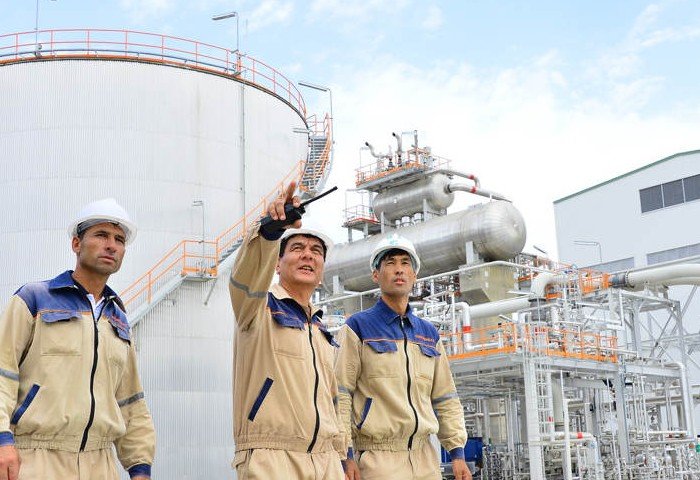



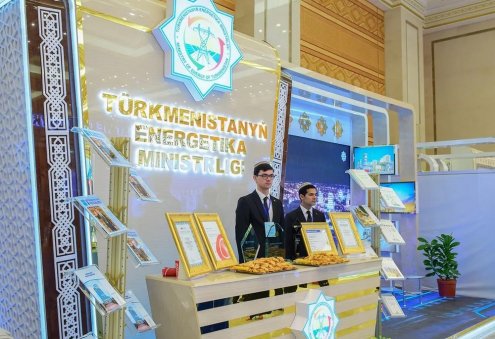
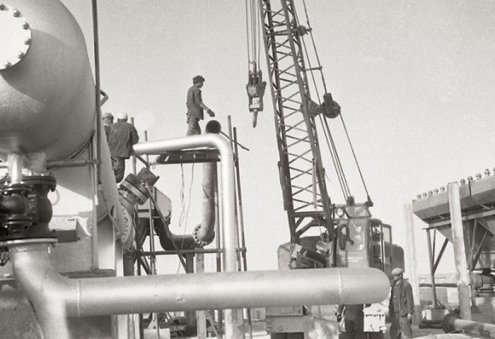
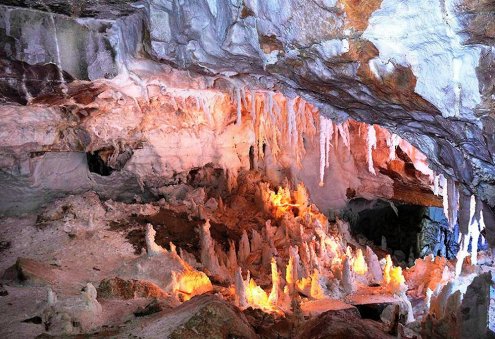
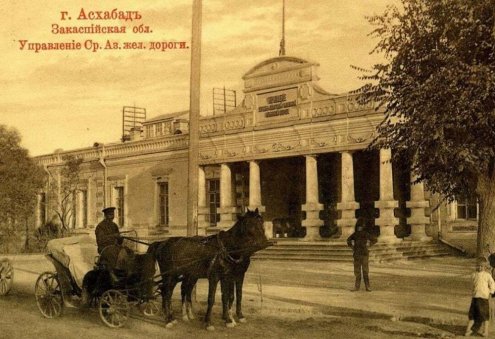
30635-90x604.jpg)




30625-90x604.jpeg)
_(1)30624-90x604.jpg)


